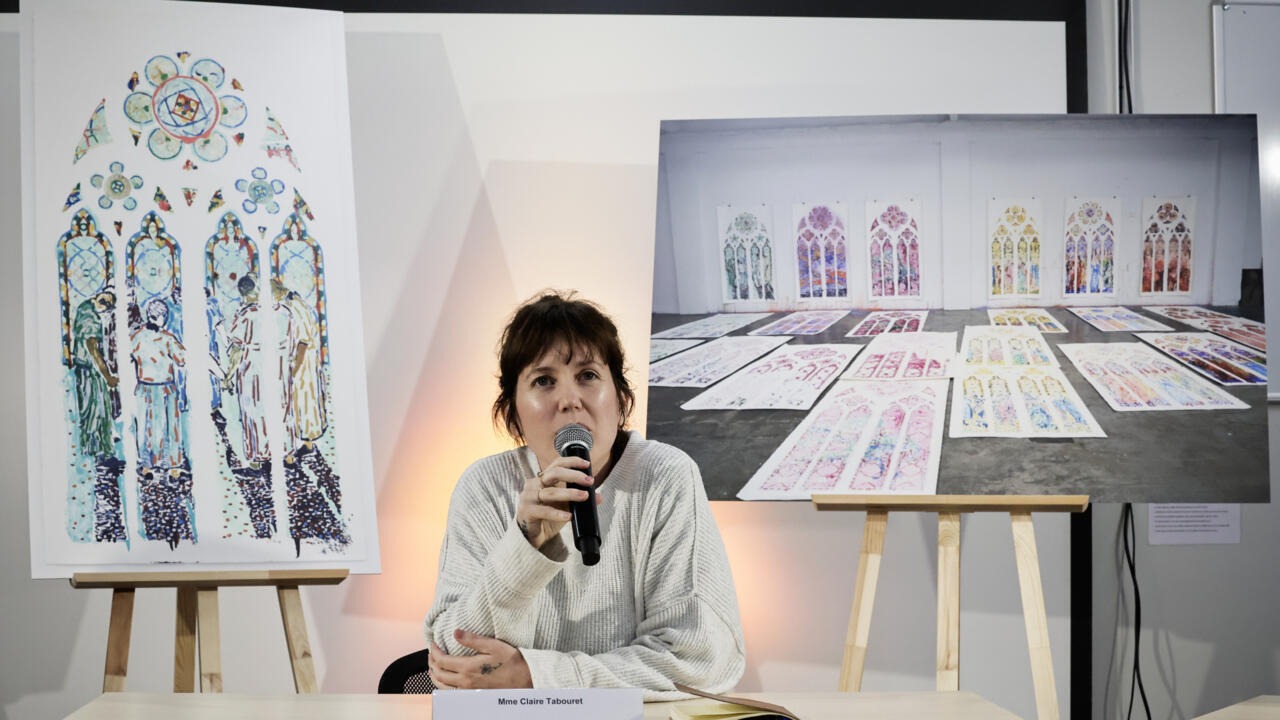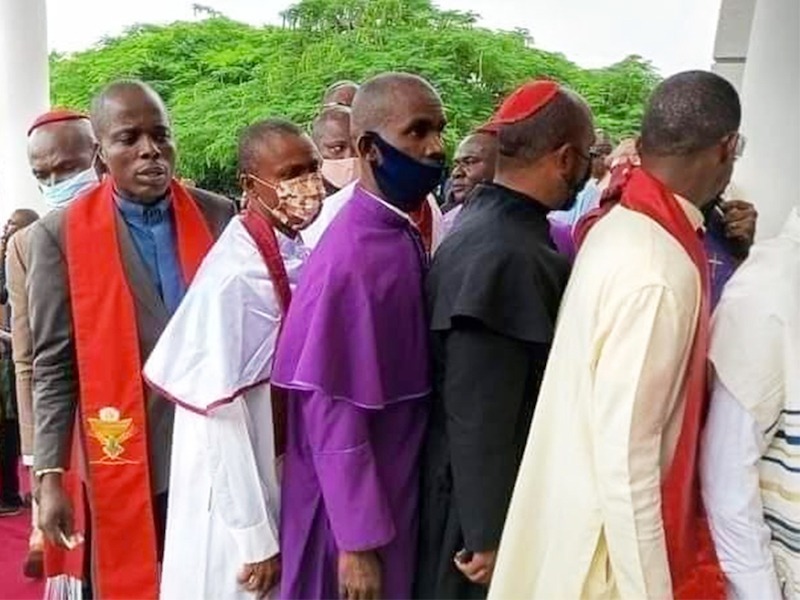The world of competitive skiing is no stranger to innovation, rivalry, and sometimes controversy. In recent times, however, a scandal has emerged that has shaken the foundations of Norwegian skiing—a nation renowned for its athletic excellence on the snow. Dubbed “Norway’s Ski Suit Controversy Unveiled,” this incident centers on irregularities found in the ski suits used by prominent athletes. The controversy not only calls into question the ethical practices of a trusted sporting institution but also brings forth a heated debate about the balance between innovation and fair competition.
At the heart of the scandal is an acknowledgment by Norway’s sports director, Jan-Erik Aalbu, who admitted that a reinforcement thread had been inserted into the suits of athletes Forfang and Lindvik to improve their aerodynamics. This breach of regulations, combined with a swift and dramatic series of events—including the resignation of coach Brevig from Trondheim—has sparked a crisis of confidence. As the Norwegian federation braces for further consequences, including the possibility of dismissing technical staff, the incident forces us to reevaluate the nature of sportsmanship, regulatory oversight, and the fine line that separates strategic innovation from cheating.
This article embarks on an in-depth examination of the controversy—from its origins and technical details to its broader implications for the world of competitive skiing. By exploring each facet of this scandal, we aim to provide readers with a comprehensive understanding of what happened, why it matters, and how it may shape the future of the sport.
The Unfolding of the Incident: A Chronology of Events
The controversy came to light during a press conference held shortly after the discovery of the irregular ski suits at Granåsen, a renowned venue in Norway that has hosted numerous international competitions. Reports indicate that, during routine checks, the technical team uncovered evidence suggesting that modifications had been made to the ski suits in order to exploit aerodynamic advantages. Specifically, the reinforcement thread, a detail intended to bolster performance, was confirmed to be in breach of established regulations.
The unfolding of the scandal was swift and dramatic. Within hours, headlines blared the admission of wrongdoing, and a media frenzy ensued. The rapid chain of events—from the revelation of the suit irregularities to the subsequent public apology—highlighted the extent to which the issue had penetrated both the sporting community and the public at large. Critical moments during this unfolding narrative included:
The discovery of the reinforcement thread by the technical team, prompting an immediate review of all relevant equipment.
The public confession by Jan-Erik Aalbu, who admitted, “We cheated, and we cannot accept it,” thereby validating the suspicions surrounding the breach of rules.
The resignation of coach Brevig, whose departure from Trondheim symbolized a deep internal crisis within the team structure.
In recounting these events, it is clear that the incident was not an isolated mistake but rather a systemic failure that implicated both technical decisions and ethical judgment. The speed with which the scandal escalated also reflects the high stakes involved in international skiing competitions. Every detail of the process—from equipment checks to the roles of various team members—became a matter of public interest, prompting calls for accountability and reform.
This chronology is essential not only for understanding the immediate impact of the controversy but also for situating it within the broader narrative of modern competitive sports, where the lines between innovation and rule-breaking are increasingly blurred.
Accountability and Apologies: The Federation’s Response
Following the emergence of the controversy, the Norwegian skiing federation was forced to confront a difficult reality. The admission by sports director Jan-Erik Aalbu was a watershed moment in which the federation accepted full responsibility for the violation of regulations. Aalbu’s public statement was unequivocal in its tone; his acknowledgment of the wrongdoing was both a personal and institutional admission that the established ethical boundaries had been crossed.

In his address, Aalbu explained that the technical team had inserted the reinforcement thread into the ski suits of athletes Forfang and Lindvik to enhance their aerodynamic performance—a decision made under the misguided belief that such modifications were commonplace and within acceptable limits. “We were told that everyone was exceeding the limits,” Aalbu remarked, implying that there might have been a broader culture of bending rules within the sport. Nonetheless, his words carried an undertone of regret and a commitment to transparency.
The federation’s response went further than mere acknowledgment. Plans for potential dismissals of technical staff were reportedly on the table, and there was a clear determination to implement corrective measures before the next competition. These measures include a thorough internal review and an intention to cooperate fully with the International Ski Federation (FIS) investigation. By aligning its actions with the directives of the FIS, the Norwegian federation aimed to restore public confidence and ensure that future competitions were conducted on a level playing field.
Moreover, the public apology issued by Aalbu was a significant step in the process of rebuilding trust. In the realm of sports, where reputation and integrity are paramount, such a candid admission can serve as a catalyst for reform. The acknowledgment of guilt and the readiness to impose disciplinary actions—such as the resignation of a high-profile coach and the possibility of technical staff dismissals—underscored the seriousness with which the federation viewed the transgression. This episode, though tarnishing in the short term, may ultimately lead to more rigorous standards and improved oversight, setting a precedent for how sporting organizations should respond to internal breaches of conduct.
The Technical Breakdown: How a Reinforcement Thread Sparked a Scandal
One of the most intriguing aspects of this controversy lies in the technical details that underpin the scandal. In competitive skiing, the design and composition of ski suits are not mere aesthetic choices but are integral to an athlete’s performance. Every element—from fabric composition to the aerodynamics of the suit—can influence speed and maneuverability on the slopes.
In this instance, the irregularity centered on the deliberate insertion of a reinforcement thread into the ski suits of two athletes. The purpose behind this modification was clear: to improve aerodynamic efficiency. By streamlining the suit, the reinforcement thread aimed to reduce drag, potentially offering a performance advantage over competitors. However, according to the established rules of the sport, any alteration that confers an unfair advantage is strictly prohibited.

The decision to modify the suits was not taken lightly. It involved a series of technical calculations and a deep understanding of the mechanics of speed on snow. Yet, regardless of the intent or the scientific rationale behind the modification, the action violated the spirit—and the letter—of the rules. The engineering behind the reinforcement thread was sophisticated enough to spark debates among experts: Was this a case of innovative engineering or a deliberate act of cheating? The answer, as the federation’s admission makes clear, leans toward the latter.
Furthermore, the controversy raises broader questions about the role of technology in sports. In recent years, sports have increasingly relied on cutting-edge materials and design innovations to push the limits of human performance. However, when does innovation cross the line into rule-breaking? The incident at Granåsen has ignited this debate within the skiing community and beyond. Regulatory bodies are now faced with the challenge of revising guidelines and enforcing stricter measures to ensure that technological advancements do not compromise fairness.
From a technical standpoint, the reinforcement thread served as a double-edged sword. On one hand, it highlighted the potential for engineering to enhance athletic performance in ways that were previously unimaginable. On the other hand, it underscored the necessity of robust oversight and clear boundaries to prevent misuse. The detailed examination of the suit’s construction has not only exposed a specific violation but also prompted a reexamination of the entire regulatory framework governing equipment in competitive skiing.
Consequences Within the Ranks: Resignations and Internal Turmoil
Beyond the technicalities and regulatory implications, the fallout from the controversy has had a profound human impact on the Norwegian skiing team. One of the most significant developments was the departure of coach Brevig from Trondheim. His resignation was emblematic of the internal crisis that had taken hold within the team. The coach’s exit sent shockwaves through the organization, signaling that the repercussions of the scandal would extend far beyond a simple administrative reprimand.
The internal dynamics of any sports team are complex, and trust is the cornerstone of any successful collaboration. When the very equipment meant to safeguard fairness is called into question, the resulting disillusionment can lead to fractures within the team. In the wake of the scandal, athletes and staff alike have been forced to confront the uncomfortable reality that their achievements might be tainted by decisions made behind the scenes. The resignations and potential dismissals that followed are not just about accountability; they also represent an attempt to salvage the integrity of the team and restore morale.

For many insiders, the controversy has led to soul-searching about the ethical standards upheld by the organization. The fact that a technical decision—albeit one with a scientific basis—could undermine the very essence of fair play has prompted calls for a culture change within the federation. The hope is that by holding those responsible accountable, a more transparent and ethically sound approach to team management will emerge.
Additionally, the internal turmoil has broader implications for how sporting institutions handle crisis management. The swift decision to consider dismissals and enforce disciplinary actions demonstrates that the federation is serious about its commitment to upholding integrity. Such decisive measures are necessary to prevent similar incidents in the future and to rebuild the confidence of both athletes and the public. The resignations, while painful, are part of a larger effort to reset the organizational culture and reaffirm the values of honesty and fair play.
Implications for the World of Competitive Skiing
The repercussions of the controversy extend well beyond the borders of Norway. In the global arena of competitive skiing, the incident has ignited a vigorous debate about the intersection of technology, ethics, and regulation. As nations and sporting bodies grapple with the rapid pace of innovation, the need for clear and enforceable rules becomes increasingly urgent.
One major implication of the controversy is the potential revision of equipment guidelines by international regulatory bodies such as the International Ski Federation (FIS). The current rules, while robust in many respects, appear to have gaps that allow for technical modifications which, although innovative, may ultimately undermine fair competition. The Norwegian federation’s decision to cooperate fully with the FIS investigation is an acknowledgment that the issue is not merely a national concern but one that has global ramifications.
Experts in sports science and engineering are now calling for a reexamination of the limits of allowable modifications in ski suits. The incident has served as a wake-up call for the entire industry, emphasizing that technological advancements must be balanced by strict oversight. The challenge lies in distinguishing between legitimate innovation that enhances performance through improved safety or efficiency, and alterations that provide an undue advantage. This distinction is critical for preserving the integrity of the sport.

Moreover, the controversy has implications for the broader discourse on sportsmanship and ethical conduct in athletics. As teams push the boundaries of what is technologically possible, there is a real risk that competitive pressures may lead to a ‘race to the bottom’ where ethical considerations are sidelined in favor of marginal gains. The scandal in Norway serves as a cautionary tale, reminding stakeholders that innovation should never come at the expense of fairness.
For fans and athletes alike, the incident is a reminder of the fragility of trust in competitive sports. When rules are bent or broken, the entire sporting community suffers—not just the athletes who are directly involved. The controversy has spurred discussions on how best to maintain a level playing field, ensuring that the spirit of competition remains untainted by unethical shortcuts. As regulatory bodies consider new measures, there is hope that this painful episode will lead to reforms that ultimately strengthen the sport.
The unveiling of the ski suit controversy in Norway is more than a scandal—it is a moment of reckoning for the entire sporting world. It challenges us to reconsider how technology, ethics, and competitive drive intersect in modern sports. The incident, marked by public admissions, resignations, and the potential overhaul of regulatory frameworks, illustrates that no amount of technical ingenuity can justify compromising the integrity of fair play.
In reflecting on the events at Granåsen, several key lessons emerge. First, the pursuit of performance improvements must be tempered by a commitment to ethical standards. The decision to insert a reinforcement thread in the ski suits may have been driven by a desire to excel, but it ultimately crossed a line that no sporting community can afford to ignore. Second, accountability is paramount. The Norwegian federation’s willingness to acknowledge its wrongdoing, coupled with decisive steps such as potential staff dismissals, is a testament to the importance of owning up to mistakes and learning from them.
The controversy also raises broader questions about how we as a society view innovation in sports. Technological advancements have the power to push athletes to new heights, yet they must be implemented within a framework that ensures fairness. As the International Ski Federation and other regulatory bodies deliberate on potential changes, the lessons learned from this scandal will likely inform a more robust and clear set of guidelines in the future.
For athletes, coaches, and fans, the road ahead will require a renewed commitment to the core values of sportsmanship. Trust, transparency, and accountability must remain the cornerstones of competitive sports. While the scandal has undeniably cast a shadow over recent achievements, it also offers an opportunity for reflection and reform. The hope is that this incident will lead to a stronger, more ethically grounded approach to managing and regulating competitive skiing.
In conclusion, the saga of Norway’s ski suit controversy is a multifaceted story that touches on technology, ethics, and the very essence of competitive integrity. It is a reminder that in the relentless pursuit of excellence, the rules of fair play cannot be sacrificed. As the sporting community works to address the fallout from this scandal, the ultimate goal remains clear: to restore trust, uphold fairness, and ensure that innovation continues to serve as a means of enhancement rather than a vehicle for cheating. Only by embracing these values can the future of competitive skiing—and indeed, all sports—truly be safeguarded.

